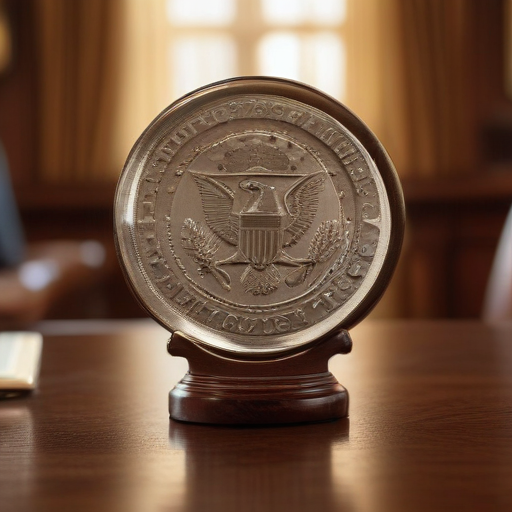With Donald Trump now serving a second term as President, it’s an opportune moment to reflect on the past presidential visits to Wilmington, North Carolina. Over the last 25 years, Wilmington has witnessed an uptick in presidential activity, surpassing the cumulative visits seen in previous decades.
George Washington was the first sitting president to visit Wilmington, arriving on April 25, 1791, as part of his “Southern tour.” During his two-day stay, Washington lodged in a tavern and was warned by a local bartender about the water quality. His travel log notably included observations about the people he encountered along the way.
William Howard Taft followed as the second sitting president to visit in 1909, celebrated warmly by the town’s residents, as evidenced by a large photograph displayed at Thalian Hall capturing the enthusiastic crowd.
Woodrow Wilson has the distinction of being the only president to have spent an extended period in Wilmington during his youth. He lived there briefly while his father served as a pastor and often dreamed of becoming a sailor, spending time observing the ships at the docks.
In later years, presidents like Jimmy Carter and Ronald Reagan made campaign stops in Wilmington, while Bill Clinton campaigned for various candidates at the Wilmington International Airport in 2020 and during his presidency in nearby Whiteville. Barack Obama also visited during his 2008 campaign, demonstrating Wilmington’s evolving role in presidential politics.
Most recently, Joe Biden spoke at the Wilmington Convention Center during a visit to discuss infrastructure improvements, and Donald Trump has made several notable visits since 2016, including designating Wilmington as the first World War II Heritage City.
Additionally, while less documented, it is believed that presidents James Monroe, James K. Polk, Millard Fillmore, and Grover Cleveland may have briefly visited Wilmington.
In conclusion, Wilmington has certainly played a unique role in American presidential history, reflecting the city’s growth and significance in the political landscape. This blend of historical visits enriches the narrative of Wilmington, connecting it more closely with the nation’s leadership and democratic process each time a president walks its streets.
